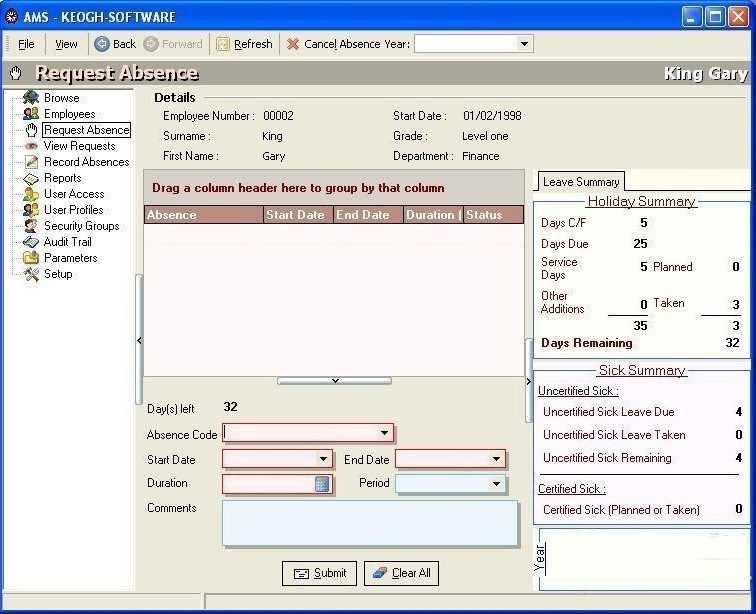

Microbiological criteria do, however, play a role in verifying that the overall HACCP system is working. In most instances, monitoring of CCPs can best be accomplished through the use of physical and chemical tests, and through visual observations. In the application of HACCP, the use of microbiological testing is seldom an effective means of monitoring CCPs because of the time required to obtain results. Under such systems, if a deviation occurs indicating that control has been lost, the deviation is detected and appropriate steps are taken to reestablish control in a timely manner to assure that potentially hazardous products do not reach the consumer. These principles include hazard analysis, CCP identification, establishing critical limits, monitoring procedures, corrective actions, verification procedures, and record-keeping and documentation. Seven basic principles are employed in the development of HACCP plans that meet the stated goal. Preventing problems from occurring is the paramount goal underlying any HACCP system. The Committee again endorses HACCP as an effective and rational means of assuring food safety from harvest to consumption. Based upon its review, the Committee made the HACCP principles more concise revised and added definitions included sections on prerequisite programs, education and training, and implementation and maintenance of the HACCP plan revised and provided a more detailed explanation of the application of HACCP principles and provided an additional decision tree for identifying critical control points (CCPs). The primary goal was to review the Committee's November 1992 HACCP document, comparing it to current HACCP guidance prepared by the Codex Committee on Food Hygiene. The National Advisory Committee on Microbiological Criteria for Foods (Committee) reconvened a Hazard Analysis and Critical Control Point (HACCP) Working Group in 1995. IMPLEMENTATION AND MAINTENANCE OF THE HACCP PLANĪPPENDIX A - Examples of common prerequisite programsĪPPENDIX B - Example of a flow diagram for the production of frozen cooked beef patties.ĪPPENDIX C - Examples of questions to be considered when conducting a hazard analysisĪPPENDIX D - Examples of how the stages of hazard analysis are used to identify and evaluate hazardsĪPPENDIX E - Example I of a CCP decision treeĪPPENDIX F - Example II of a CCP decision treeĪPPENDIX G - Examples of verification activities

Determine critical control points (CCPs) (Principle 2).Conduct a hazard analysis (Principle 1).Develop a flow diagram which describes the process.Describe the intended use and consumers of the food.


 0 kommentar(er)
0 kommentar(er)
